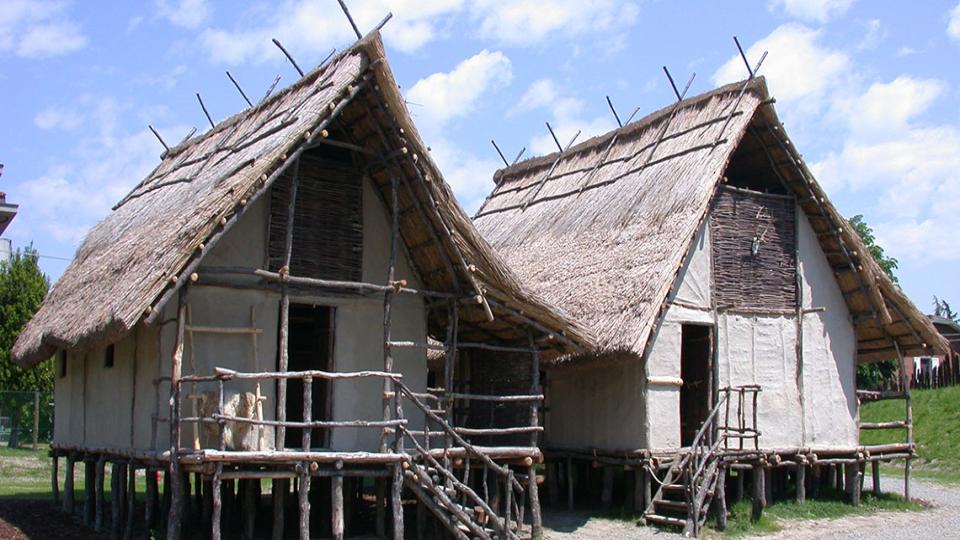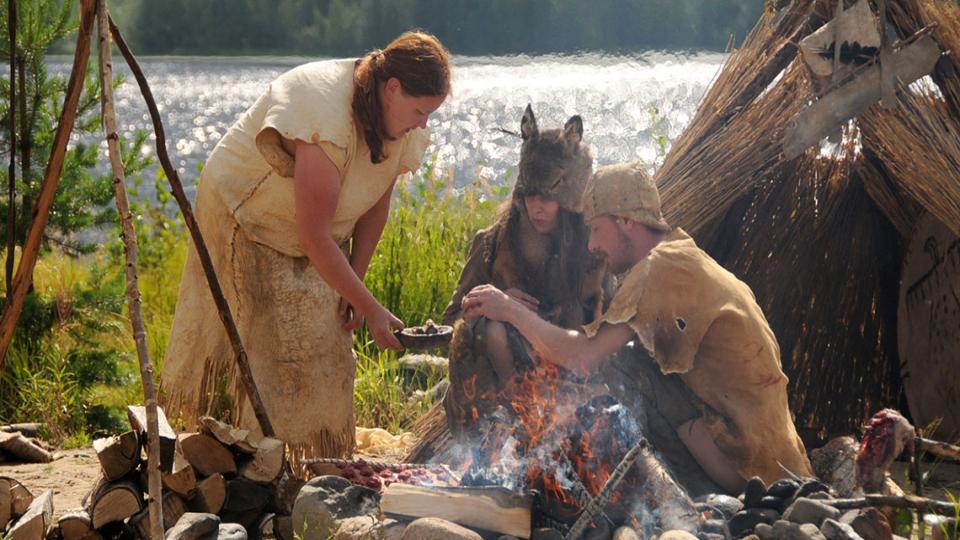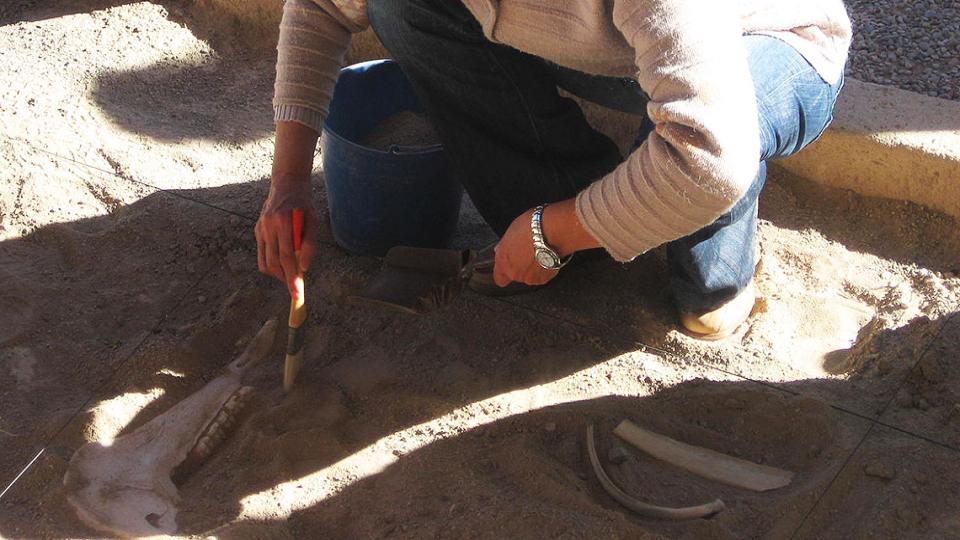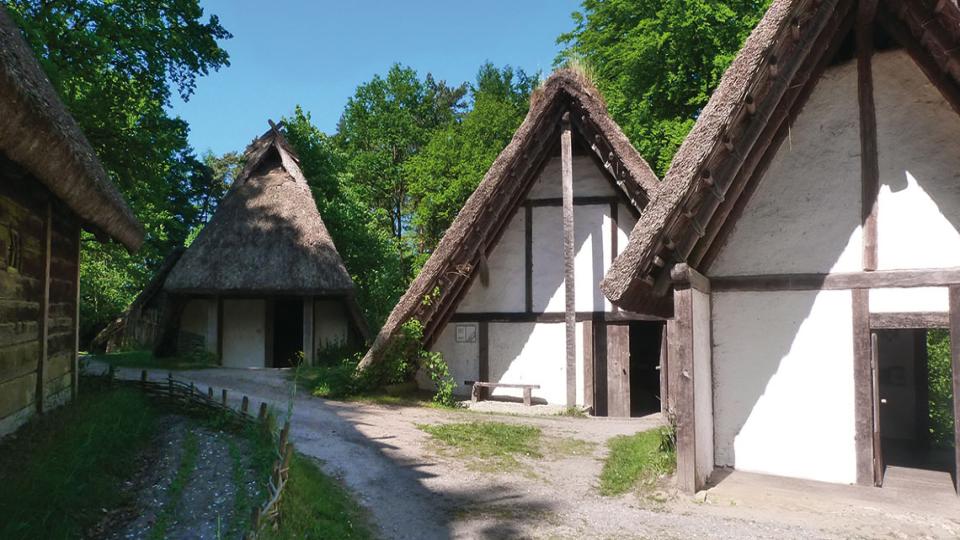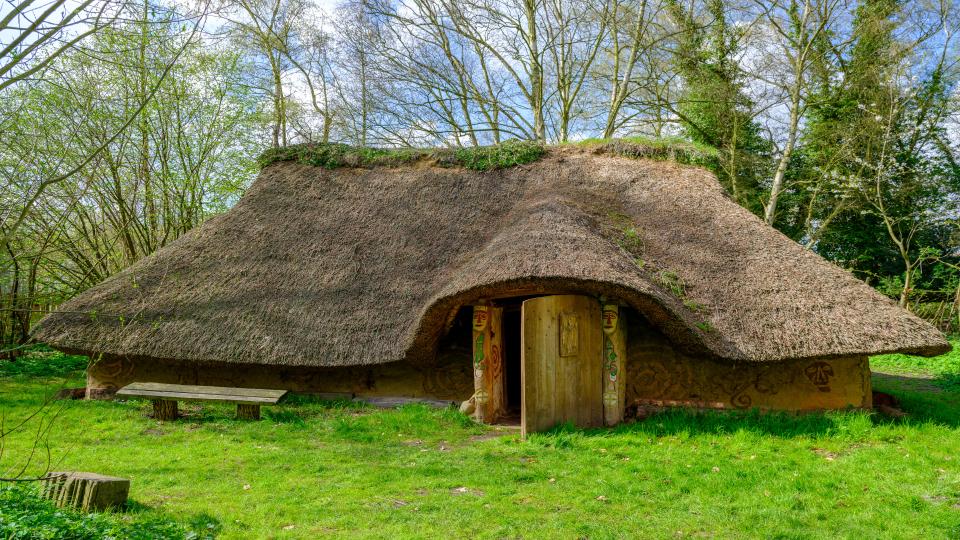5,000-25,000
Matrica Múzeum és Régészeti Park (HU)
Just 25 kilometres south of Budapest in Hungary you will find near the E73 an archaeological reservation measuring 50 hectares, known by the name Százhalombatta which literally refers to the “hundred tumuli” which you will find here. The reservation and its archaeological park is situated near the Danube and is well reachable with public transport.
Parco Archeologico e Museo all’Aperto della Terramara di Montale (IT)
The terramara of Montale, near Modena in Northern Italy, is a typical Bronze Age settlement with pile dwellings surrounded by a ditch with water and imposing earthwork fortifications.
Next to the site is an Open-Air Museum with life-size reconstructions of two houses furnished with replicas of the original finds dating back 3500 years.
Kierikkikeskus / Kierikki Stone Age Centre (FI)
Kierikki Stone Age Centre is the biggest Stone Age Centre in Finland. It is located 55 kilometres NE from Oulu, the biggest city in Northern Finland, on the banks of the Iijoki river.
Araisi Ezerpils Archaeological Park (LV)
At Āraiši Ezerpils Archaeological Park you can discover and explore dwellings from Stone Age to Middle Ages. There are reconstructions of Stone Age huts and a Bronze Age building that are built according to research data from excavations in Latvia and North-Eastern Europe. The main object in is the reconstruction of a Viking Age lake settlement in its original location – on a small island in Lake Āraiši. Right next to the reconstruction, there are original Medieval castle ruins built by the Teutonic Order in the 14th century.
Parc Arqueològic de Sant Llorenç de Montgai (ES)
The educational Parc Arqueològic de Sant Llorenç de Montgai in Catalonia is an educational and leisure installation designed by the CEPAP (Universitat Autònoma de Barcelona) to bring schoolchildren and families closer to prehistoric ways of life and to the research methods that archaeology uses to broaden its knowledge, and to the preservation of cultural heritage in archaeological sites and the landscape surrounding them.
Archäologisches Freilichtmuseum Oerlinghausen (DE)
Southeast of Bielefeld near the Teutoburger Forrest, one finds the Archäologisches Freilichtmuseum Oerlinghausen (AFM), originally founded by the “Reichsverband für Deutsche Vorgeschichte” as a political presentation of the Germanic people. The combination of man, nature and technique is made tangible and understandable here.
De Gallische Hoeve (BE)
The Gallische Hoeve (Gaul Farm) was an idea by Raymond Van Horebeek who wanted to start a scientific project with a social dimension: working with volunteers, adolescents, unemployed, impaired et cetera. People learn to cooperate with others with a very different background.

